Critical infrastructure is essential to society’s operation in the linked world of today. A rising reliance on technology has made some important businesses attractive targets for cyberattacks. As a result, cybercriminals are increasingly focusing their attention on hospitals, government agencies, power grids, and educational institutions. This has disrupted crucial day-to-day operations, compromised sensitive data, and presented serious risks to the public’s safety and confidential information.
Cyberattacks on Critical Industries Have Increased
Cyberattacks on critical industries are becoming more common, emphasizing the need for enhanced cybersecurity measures. As technology advances, fraudsters develop new and sophisticated methods of exploiting vulnerabilities in vital infrastructure. Because of the rise of cyber threats, firms must take a proactive approach to cybersecurity, developing complete plans that include threat detection, prevention, and response. Companies in these industries can improve their resilience and protect the critical services they provide to society by recognizing the growing impact of cyberattacks and emphasizing robust cybersecurity solutions.
Hospitals
Because of the large amount of personal health information stored in hospitals and the possibility for disrupting crucial patient treatment, hospitals have become appealing targets. Hospitals are increasingly being targeted by cybercriminals. Attacks not only violate patient privacy, but they also endanger lives by disrupting medical operations and delaying crucial treatments. The worrying trend of cybercriminals attacking hospitals emphasizes the critical need for effective cybersecurity measures to protect both sensitive data and patient well-being. There were 344 healthcare breaches in 2022, making the industry one of the most vulnerable to security breaches for the third year in a row.
Grids of Electricity
Another crucial asset at danger is power grids. Power systems have been exposed to cyber threats as digital technologies have been integrated. The consequences of power grid hacking go far beyond inconvenience; they can have serious economic and societal consequences. Healthcare, transportation, and telecommunications all rely significantly on a continuous power supply, rendering them vulnerable to outages that can halt crucial services and jeopardize public safety. It is vital to protect power grids from cyber threats in order to ensure the stability and resilience of critical infrastructure. Power grid resilience has been under growing attack; risks to grid reliability increased by 77% from 2021 to 2022.
Academic Establishments
Cyberattacks have affected schools and other educational institutions, making it more difficult for them to give pupils a high-quality education. Massive volumes of private data, including student records and financial information, are kept in storage by educational institutions. Breach of these systems can result in financial fraud and identity theft, which jeopardizes the validity of educational procedures.
Cyberattacks on schools can have long-term ramifications for kids’ educational paths and career chances. Academic record loss or manipulation can impede college applications, scholarship chances, and general academic success, emphasizing the crucial need for comprehensive cybersecurity safeguards in educational institutions. The security of student data and the integrity of educational processes are critical to creating a safe and conducive learning environment for students.
By SOCRadar dark web analysts, ransomware assaults on the education sector grew by 234% in 2022 compared to 2021.
Cyber Employee Upskilling
Organizations can invest in upskilling and reskilling its cybersecurity workers to successfully address cyber threats. To successfully defend critical infrastructure, cybersecurity professionals must stay up to date on the latest technologies, threats, and defensive techniques.
When leaders allow their staff to learn new cybersecurity skills, they not only improve their organization’s protection capabilities but also help their people advance in their careers. To begin, corporate leaders should gain a thorough overview of their team’s present skill set. Following that, businesses should invest in comprehensive cybersecurity training programs. Online courses, boot camps, professional certification programs, and workshops taught by industry professionals are examples of these. Encourage employees to participate by providing them with the time and resources they require to learn. Give them the chance to put this new information to the test by giving them opportunities for application.
The best way to learn cybersecurity is by doing, so establish secure environments where staff members can use their newly acquired skills, such as by staging simulated cyberattacks. Because cyber risks are continuously changing, it’s crucial to promote an educational culture. Recognize staff members who take the effort to learn and use new abilities, and regularly emphasize the necessity of being up to date on the most recent dangers and security precautions.
A record level of over 4.7 million professionals work in the field of cybersecurity, according to the 2022 (ISC)2 Cybersecurity Workforce Study. 3.4 million personnel are still needed globally in the industry despite tremendous expansion, underscoring the ongoing need for qualified cybersecurity specialists. For anyone looking to work in a lucrative industry, the cyber talent gap offers a rare opportunity.
A wide range of appealing opportunities are available in cybersecurity, including competitive pay, job security, and the chance to significantly contribute to the protection of key infrastructure. Organizations should think about hiring qualified personnel who can safeguard their systems and successfully reduce risks as cyber threats increase. In this profession that is constantly increasing, people can position themselves for profitable careers by obtaining the relevant training and credentials.
Managing Cybersecurity Issues
Businesses can take a number of actions to address the cybersecurity concerns encountered in these diverse crucial industries.
Critical infrastructure and public safety are significantly challenged by the growing number of cyberattacks on important industries. The potential disruption that cybercriminals might wreak makes hospitals, electrical grids, and educational institutions among their top targets. Organizations must prioritize retraining and upskilling cybersecurity staff members to ensure they have the most recent skills and knowledge to combat these threats.
We can construct a resilient infrastructure that supports the safety and well-being of societies in the digital age by proactively tackling the cybersecurity concerns faced by important industries.

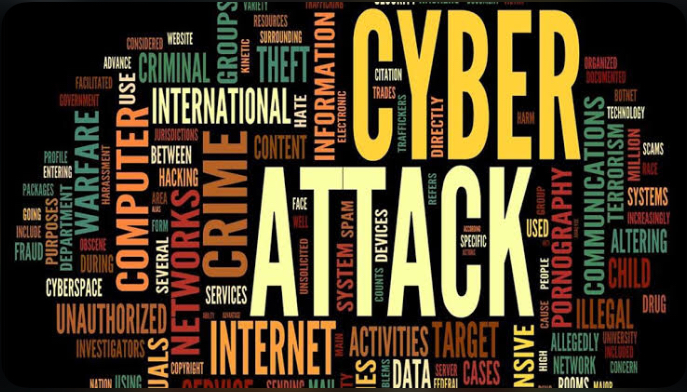
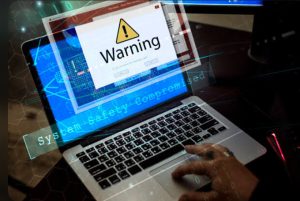
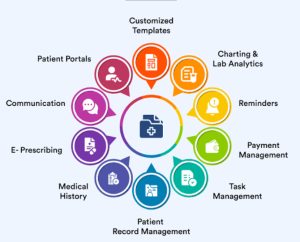


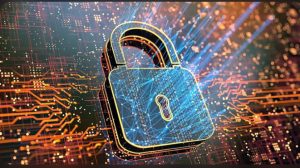
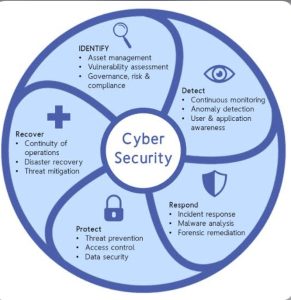


Leave a reply